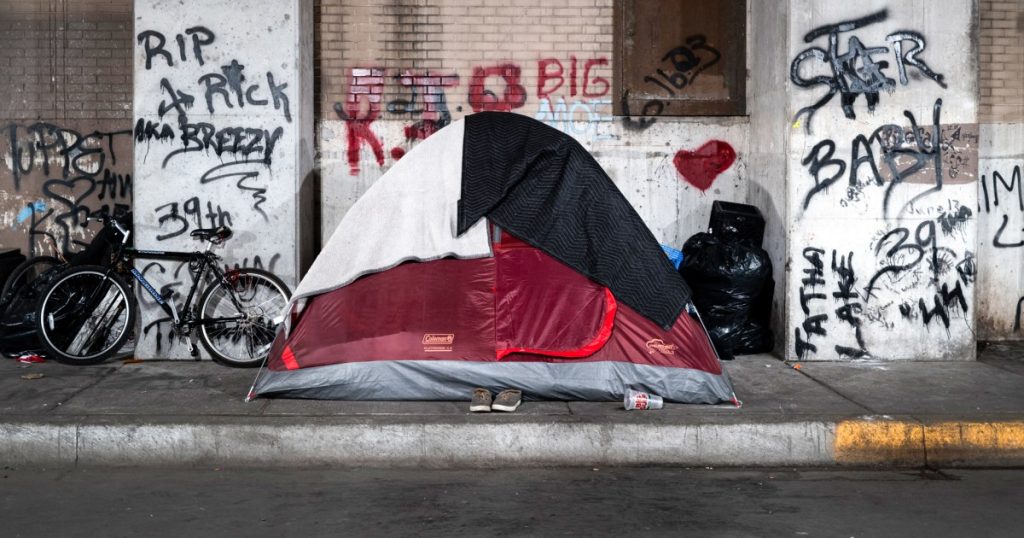In January, nearly 19,000 people were experiencing homelessness in Chicago, more than three times the number from the previous year. This significant increase was largely driven by the arrival of thousands of migrants in need of shelter. Many of these migrants were facing delays in obtaining work permits, making it difficult for them to secure housing. The city has been working to address this unprecedented influx, adding resources and expanding shelter capacity. While the number of migrants in shelters has since decreased, the issue of homelessness in Chicago has been a longstanding crisis.
The annual city survey released in January found that there were 18,836 people without permanent housing in Chicago, up from 6,139 the previous year. This number included both unhoused individuals and those living in shelters. The increase in homelessness was not only impacting Chicago but was reflective of a larger need for housing and homeless services across the country. The city, Cook County, and the state have been working to add resources to address the influx of migrants and other homeless individuals.
The increase in homelessness in Chicago was not limited to just the migrant population. Overall, the number of homeless people outside the migrant population also rose, with a 25% increase in unsheltered individuals. The city attributed the rise in homelessness to various factors, including expanded winter bed access, new programs, and the arrival of more people, especially families, into the homeless system after pandemic support policies expired. The city also reported a 65% increase in the number of people experiencing unsheltered homelessness.
Of the population experiencing homelessness in Chicago who were not migrants, 72% were Black, while Black people make up only 30% of the city’s population. This demographic disparity highlights the disproportionate impact of homelessness on minority communities. While the number of migrants in shelters has decreased since January, concerns remain about their lack of access to work permits, a critical issue that remains unresolved at the federal level. The point-in-time count conducted in the survey is seen as a limited measure of homelessness, as it may not capture the full extent of the issue.
The city has been implementing policies to limit shelter stays, which has contributed to the decrease in the number of migrants in shelters. However, the underlying challenges of homelessness persist, with many individuals still lacking access to stable housing and support services. The Chicago Coalition for the Homeless emphasized that while the arrival of asylum-seekers has raised the visibility of the homelessness issue, it has been a longstanding crisis in the city. The organization also noted that the survey did not account for people temporarily staying with others, a common situation among those experiencing homelessness in Chicago.
In conclusion, the increase in homelessness in Chicago, driven in part by the arrival of migrants, has underscored the need for enhanced housing and homeless services in the city. While efforts have been made to address the immediate needs of those experiencing homelessness, challenges remain in providing long-term solutions, particularly for marginalized communities. The demographic disparities in homelessness, particularly the overrepresentation of Black individuals, highlight the systemic issues contributing to the crisis. As the city continues to grapple with these challenges, there is a recognition that addressing homelessness requires a comprehensive and sustainable approach that addresses the root causes of housing instability.


